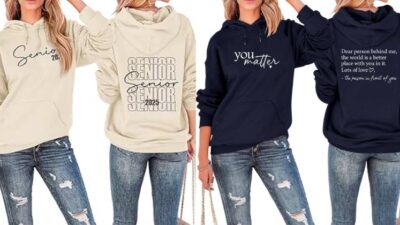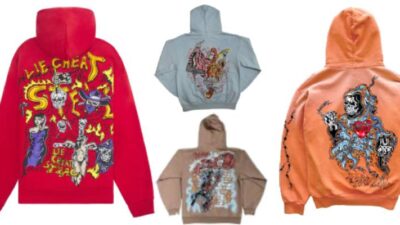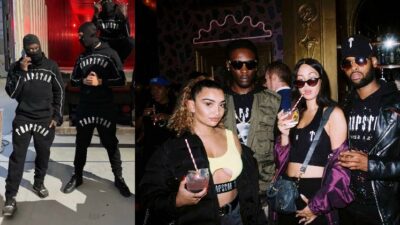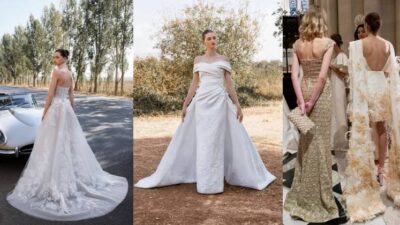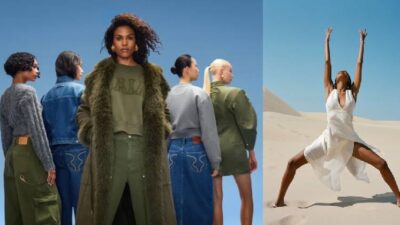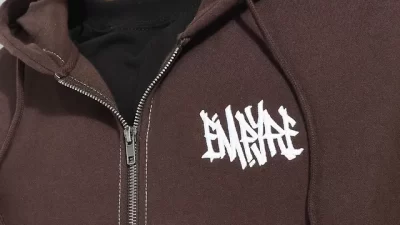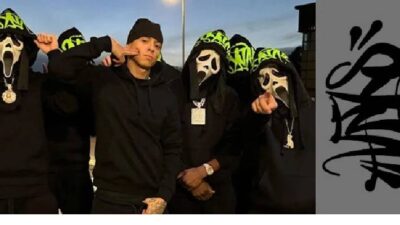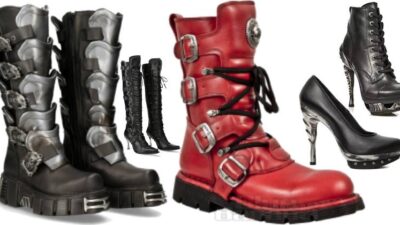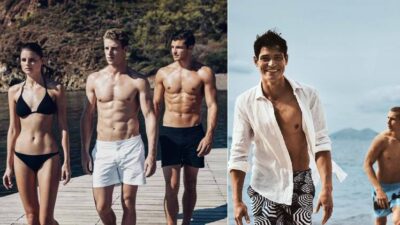In the ever-evolving landscape of fashion, trends often emerge that challenge conventional norms and redefine what it means to be stylish. One such trend gaining traction is the concept of “Badfriend Jeans,” a term that encapsulates a rebellious spirit within the realm of denim fashion. These jeans, characterized by their unconventional cuts, distressed finishes, and deliberate disregard for traditional aesthetics, represent a departure from mainstream fashion ideals.
Origins and Evolution
The origins of Badfriend Jeans can be traced to the broader movement of anti-fashion, where the emphasis shifts from polished and perfect to raw and unrefined. This trend emerged as a reaction against the mass-produced, cookie-cutter styles that dominate the fashion industry. Instead of adhering to established norms of fit and finish, Badfriend Jeans celebrate imperfection and individuality.
The name itself, “Badfriend Jeans,” suggests a playful defiance—a rejection of the notion that clothing should always conform to expectations of what is deemed “good” or “proper.” This ethos resonates with a younger audience seeking authenticity and self-expression through their clothing choices.
Key Characteristics
What sets Badfriend Jeans apart from traditional denim styles is their deliberate imperfection. They may feature asymmetric cuts, uneven hems, exaggerated distressing, and unconventional patches or embellishments. These elements are not accidental but are instead carefully curated to convey a sense of nonchalance and irreverence.
The denim used for Badfriend Jeans often leans towards heavier weights and vintage washes, further enhancing their rugged appearance. Some iterations may even incorporate recycled materials or repurposed denim, aligning with broader sustainability trends in fashion.
Cultural Impact and Influence
Beyond their aesthetic appeal, Badfriend Jeans carry cultural significance by challenging established norms of beauty and fashion. They embody a DIY (do-it-yourself) ethos that encourages wearers to embrace their unique sense of style and creativity. In a world saturated with mass-produced clothing, these jeans offer a form of personal expression that is both refreshing and empowering.
Social media has played a pivotal role in popularizing Badfriend Jeans, with influencers and fashion enthusiasts showcasing their personalized interpretations of this trend. Platforms like Instagram and TikTok have become virtual runways where individuals flaunt their distinctive denim creations, further fueling the trend’s momentum.
The Appeal of Non-Conformity
The appeal of Badfriend Jeans lies in their rejection of conformity and celebration of individuality. By embracing imperfections and unconventional designs, wearers signal a departure from mainstream fashion ideals and a preference for authenticity. This trend appeals to those who value self-expression and creativity over adherence to trends dictated by the fashion industry.
Moreover, Badfriend Jeans have democratized fashion in a sense, making high-fashion statements accessible to a wider audience. They blur the lines between couture and streetwear, challenging the hierarchy of fashion by elevating DIY craftsmanship to the forefront.
Conclusion
In conclusion, Badfriend Jeans represent more than just a passing trend in denim fashion—they embody a cultural shift towards authenticity and self-expression. By defying traditional norms of beauty and style, these jeans empower individuals to embrace their unique identities through clothing. Whether adorned with bold patches or bearing the scars of deliberate distressing, Badfriend Jeans continue to evolve as a symbol of rebellion and creativity in the ever-changing landscape of fashion. As trends come and go, their legacy as icons of anti-fashion and individuality is likely to endure, inspiring future generations to redefine what it means to be stylish.

